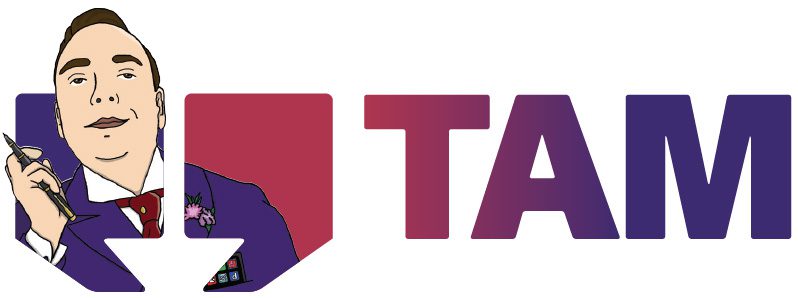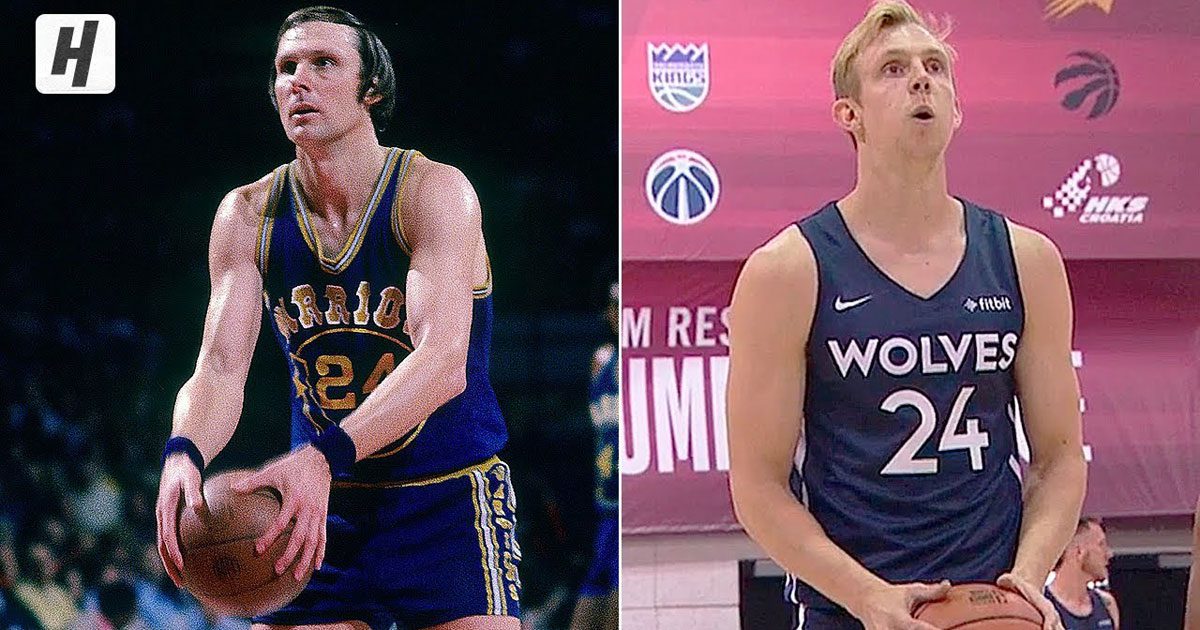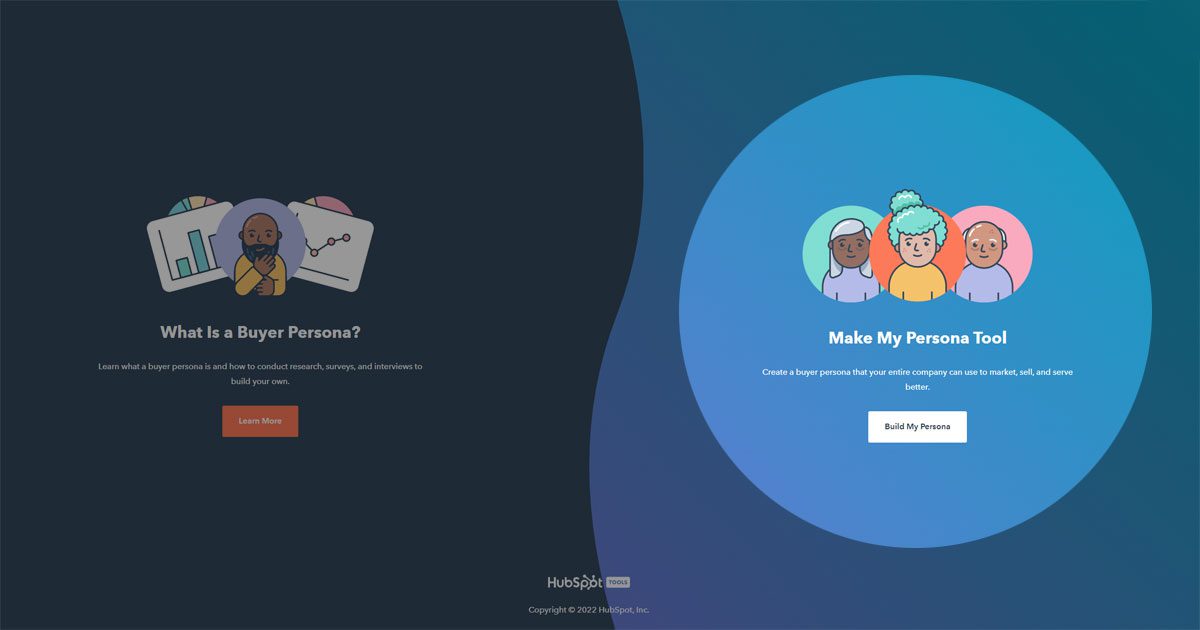When it comes to branding exercises, I derive much inspiration from top-scoring NBA basketball player, Rick Barry, who was ridiculed for his unorthodox underarm technique when taking free throws, despite having double the accuracy of his fellow players.
To be fair, the ridicule was not widespread and typically came from rivals and spectators whose teams were at the receiving end of his wizardry.
For many other fans, he is fondly remembered for breaking the mould and showing the world that when you're game to step outside conventional assumptions, you can set new records of achievement.
As an aside, Rick's son, Canyon, is keeping his father's novel approach alive (see the video below), much to the delight of the legions of fans who appreciated Rick's bravery to risk ridicule for the greater good.
The inspiration I get from Rick Barry is the confidence to stay true to what your experience, to what your practice, to what your data is telling you about the positive effectiveness of your actions; even if some insecure or ignorant types would rather snicker and ridicule you.
The "granny throw" that Rick Barry perfected achieved an 88% success rate while conventional players were achieving about half that.
As we think about our branding, Rick Barry's legacy is to ask us how comfortable we are to stand out from the crowd when we have something unique and novel to share? If we're ready for that, we're ready to reap the rewards that can come from great risks (in October 2021, Barry was honoured as one of the league's greatest players of all-time by being named to the NBA 75th Anniversary Team).
If we're not ready to stand out, we can accept that we're okay staying with "the pack" and not really rising to great heights nor achieving that brand name recall that could have gotten us extra leads and higher rates/prices.
Let's play.
I've got a brand already so why should I do branding exercises?
You are right. You already have a brand, and people already have opinions about it.
Whether you have formally put branding decisions into place or you've just been operating by instinct and word of mouth, you have a brand.
As marketer and author, Seth Godin notes:
A brand is the set of expectations, memories, stories and relationships that, taken together, account for a consumer’s decision to choose one product or service over another. If the consumer (whether it’s a business, a buyer, a voter or a donor) doesn’t pay a premium, make a selection or spread the word, then no brand value exists for that consumer.
To be clear, your brand is everything your customers think and say about you, good or bad, along with everything your team thinks or says about you, internally or externally. And so the list goes on.
There are almost as many variations of your brand as there are people who have experienced your products or services or had interactions with you.
And we should care about this because the "brand" in people's minds, strongly influences whether they choose your business/products/services. Or avoid them.
At the positive end of the spectrum, as Seth Godin pointed out, good brand equity and value means people will be willing to:
- pay more to have your products/services
- choose your products/services when they are making purchase decisions
- recommend you to others or leave reviews about your products/services in the hope that others will benefit from your excellence as well
Suddenly, this "branding thing" is no longer airy fairy, but it's tangible, practical, and downright important.
As Mike Schultz et al point out in Professional Services Marketing, good branding gives you a pricing advantage.
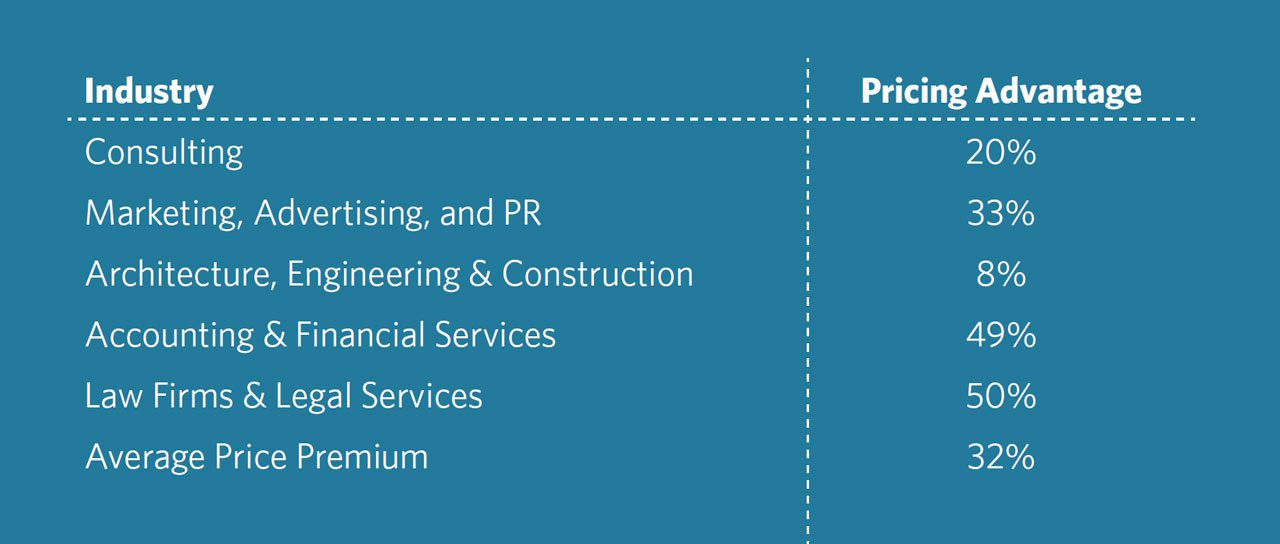
A good brand reputation can see you through tough times like, for example, a pandemic.
But as I will share at the South Australian Business Conference tomorrow, a clear understanding of your brand by you and any people who work with you, will make decision-making much easier, and will always be by your side as a compass to navigate interactions with others.
What problem does your brand solve?
We've already noted that your brand is what your prospective customers, previous customers, stakeholders, and employees believe it is and what follows from that is the understanding that while your logo makes your brand identifiable, it doesn’t define what it means.
Your brand's meaning arises from the problems you solve for people and for society.
You know what features your business offers and what benefits it provides to customers, but can you describe what problems you solve and desires you fulfil for your customers?
Here is the first of our branding exercises.
Put some time aside to answer these three questions:
- What customer problem (or problems) does your brand solve?
- How does your brand make your customer feel good about themselves?
- What problem or need does your brand solve or fulfill for society as a whole?
What we find with this exercise is that it makes the branding discussions flow better because, suddenly, you have new words and ideas that resonate with you and your team, that are ready to be selected as your brand pillars (foundational principles that are non-negotiable), and brand values (positions that guide how you act in day to day activities).
For example, when former #1 Small Business in Australia, 99 Au Pairs, distilled their answers to the questions above in terms of empowering women to make the world a better place through helping them build their networks one connection at a time, it surely became much easier to capture the principles that could drive daily activity and planning.
Following on from this, you can ground your branding exercises by thinking about how your values and problem solving relate to particular customer types.
For shorthand in marketing circles, we refer to such customer types as "personas"; they're like small identikit descriptions of the life stage, experiences, wants, and needs of different types of customers.
I also like the definition used by Laire Digital:
A buyer persona is a semi-fictional representation of your ideal customer. We say "semi-fictional" because they are typically created based on actual customer data. So, even though your buyer personas aren't actually real people, they are still created from facts.
Capturing up to five buyer personas is considered a sound move because it captures your key customer types as well as some useful niches you might appeal to.
A persona will typically have a name, an occupation (if applicable), some other demographic information about family and education status, some psychographics (things they feel, or want/need), and a description of some pain points (Julie is feeling too stretched in her business but is worried about the responsibilities of hiring her first employee).
A good starting point is reflecting on customers you already have. Do you have some that are a joy to work with, are profitable (because they get value and perceive value from you), and of whom there are plenty in your market that you can reach with your messaging and convert into customers?
Looking at your accounting data and doing some research into your market can help you quantify your decisions, but as a quick start method, you could reflect on your knowledge of customers you've dealt with and use this simple table to rank customer types.
You enter a brief description on the left, and then score (High, Medium, or Low) for each persona's volume in your market, your likelihood of communicating with them affordable, and your confidence in converting them to becoming customers. In another column, you merge these back-of-the-envelope scores and then you can rank them in order of value to your brand.
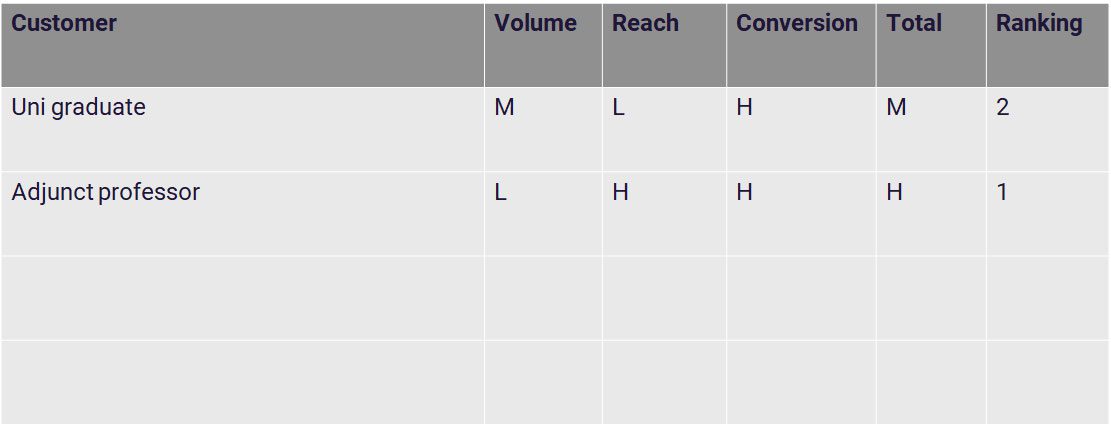
This interactive tool for capturing personas by Hubspot is not perfect, but it will help guide your process (and it has prettier pictures!).
If you then make your business decisions in relation to your top personas, and you craft your marketing content directly for them, your brand will have its best chance of deeply connecting and resonating with your most valuable potential customers.
Be the brand that leaves nobody behind
Now that you have some of your elements of your branding in place, you can continue to flesh out your brand document.
It will typically include sections dealing with:
- Your brand story
- Your brand's points of difference in the marketplace
- Your brand pillars and values
- Your brand personality and tone of voice
- Your brand's style when it comes to choosing photos or creating videos
- Your logo, colours, fonts
However, one aspect of your brand that is not always captured in branding documents is the method of how you plan to communicate your branding decisions to all "stakeholders".
A final exercise in this article is to think about how you might express problem-solving and values to the following groups:
- Society
- Partners
- Customers
- Investors
- Employees
And this doesn't just mean writing a nice sentence or two. It means deeply reflecting on the words and actions that will display your connectedness to the brand story you're telling.
Will these exercises lead to success for your brand? That depends on how authentically you connect with the values you espouse.
It also depends on how closely aligned your daily activities already are to the brand you want to be.
A bonus exercise here is one for testing your brand alignment internally.
This is important because if your people don't understand what it means to represent your brand, your branding is at great peril every minute.
As my colleague, David Olney says, your brand is only as good as your part-time employee’s worst shift.
So, to test how aligned your people are, gather them together and then ask them to WRITE DOWN how they'd describe your brand. NO TALKING.
Once they're done, stick these post-it notes or similar up on a wall and take a good look.
If your people are here there and everywhere OR if they have aligned together in a way that is not in harmony with your branding, then you have work to do.
But better to know there's misalignment and start working on that, than to have your brand efforts being undermined without your knowledge.
If you do decide to revisit or refresh your branding after doing these exercises, remember to channel your inner Rick Barry if your brand's gift to the world is an ability to think or act differently for the greater good.
Do not brand quietly.
We want "talk worthy" branding please.
And you will, too, because your customers will find you easier to talk about, remember, and refer to others.
Time out!
